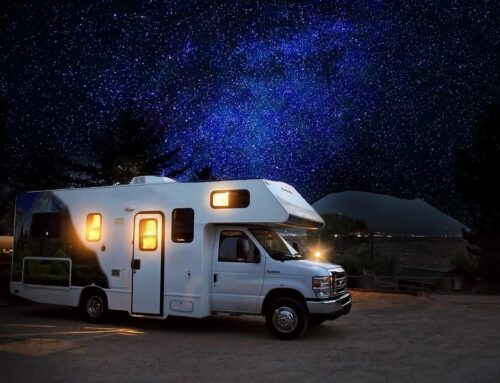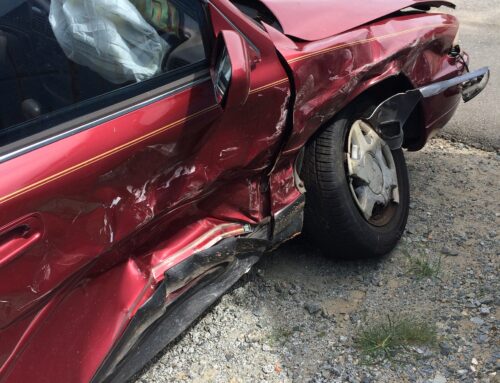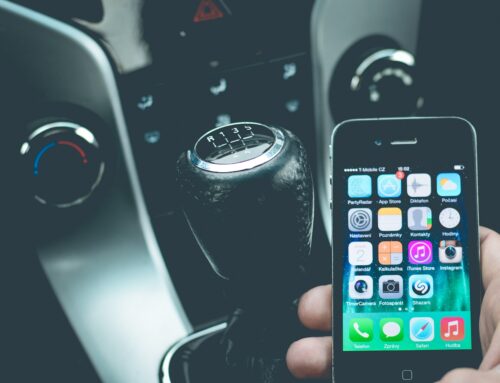Florida is fortunate to dodge the type of weather that most of the USA endure. Blizzards, twisters, and minor earthquakes are not much of a concern to most Florida residents. Still, we definitely have our fair share of hurricane, flood, and rain-related extreme weather. These extreme weather events are capable of destroying homes, which means they are also capable of inflicting significant damage on vehicles. Do you know how your car insurance protects your vehicle in these circumstances? If you are unsure, we want to provide you with the info you need to make the best decision regarding your car insurance.

The Basics of Comprehensive Coverage
With the state’s propensity for hurricanes, floods, and severe rainstorms, having the right coverage can make a significant difference when disaster strikes. It can be the difference between a minor annoyance and a massive new car payment.
Comprehensive car insurance can be thought of as protection against the unpredictable. Run-of-the-mill liability insurance covers situations like car crashes that cause damage to other vehicles or property when you’re at fault. Comprehensive coverage, on the other hand, is designed to cover non-collision-related damages to your car. This includes theft, vandalism, and, notably, damages from natural disasters such as hurricanes and floods. It’s the part of your policy that steps in to cover repairs or even replace your vehicle if it’s destroyed by severe weather conditions.
This coverage is for those unexpected moments when, say, a hurricane sweeps through, leaving cars submerged or battered by debris. If you don’t know how you would react if this happened to your vehicle, it may be time to update your policy.
What Happens if a Flood or Hurricane Destroys My Car?
When a hurricane or flood devastates your car, the process to claim compensation under your comprehensive coverage begins with promptly informing your insurance provider about the damage. It’s vital to document the extent of the damage with photos and notes, as this will be evidence used to accept or deny your claims. Insurance companies will likely respond by sending an adjuster to assess the damage firsthand and determine the compensation they will provide based on the vehicle’s value.
However, it’s important to be aware of the limitations and exclusions in your insurance policy. Certain policies may have specific deductibles for hurricane or flood damage. In some cases, a basic policy may exclude certain types of weather-related damage altogether. You should periodically review your coverage limits to maintain adequate coverage of your vehicle’s current value.
Enhancing Your Coverage for Future Protection
After experiencing the havoc that extreme weather can wreak on your vehicle, it’s an opportune time to reassess your insurance coverage. Consult with an insurance agent to understand if your current policy sufficiently meets your needs or if additional coverage is advisable. Consider options like increased comprehensive coverage limits or specific endorsements for flood damage, which can offer more robust protection for your vehicle against future extreme weather events.
You can use many resources, such as the FEMA Flood Map resource, to identify your risk of flood or damage due to natural disasters. While these resources usually help identify and understand your home’s risk, your vehicle will likely be located in the same place. No places in Florida are 100% immune to flood risks. To properly protect your vehicle from these potential damages, update your policy today. If your home protection is also lacking, consider bundling these new policies to boost your savings.
Don’t wait until it is too late to protect your valuable assets. Contact Anderson & Associates Insurance Group today and find the perfect policy for your situation.









